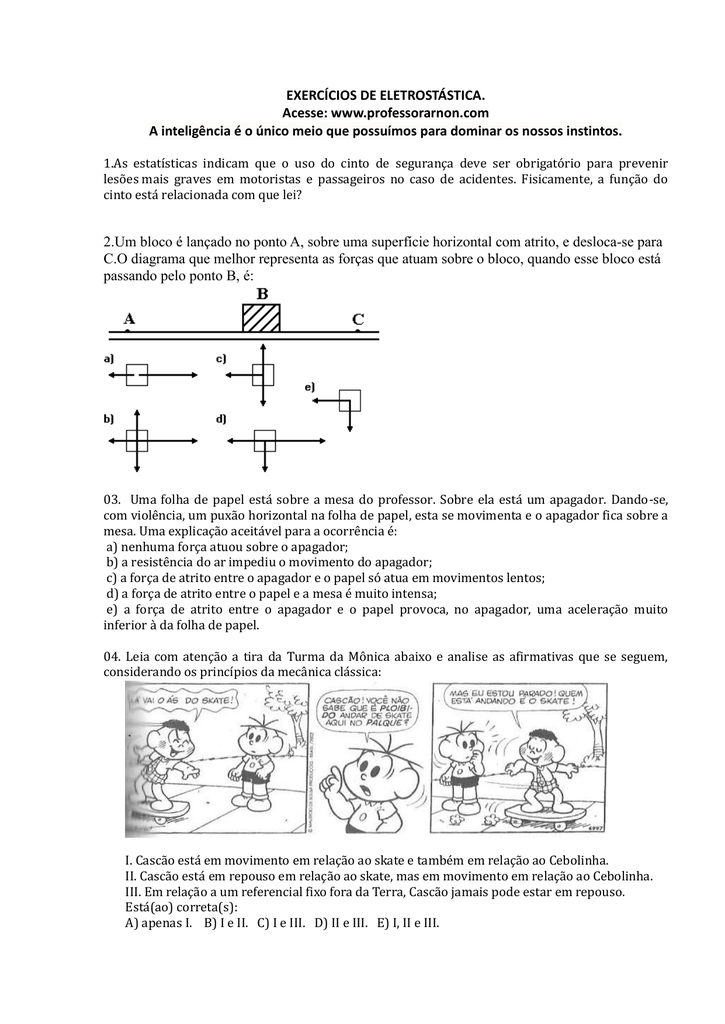

Introdução Há décadas trabalhos têm discutido as dificuldades de aprendizagem dos alunos na componente curricular Física. From semi-structured interviews with 13 students, we concluded that the contexts generated by robotics allowed us to perceive the existence of choices and moments of authorship, important conditions for the promotion of autonomy. Thus, based on the theory of self-determination, we investigate whether activities with the use of robotics for teaching graphics in kinematics are capable of creating contexts that support the basic psychological need for autonomy. Some studies indicate that the use of this tool can improve students' motivation. In order to minimize such problems, some authors point to the possibility of using new technologies, such as educational robotics, which has been highlighted in recent years. Several researches have discussed learning difficulties and students' lack of interest in Physics. Overall, the results indicate that students’ recognition of interference and diffraction patterns can be improved by introducing hands-on investigative experiments in the classroom. All students attended more to those patterns which they chose as the correct answer and that corroborates the previous findings. Eye-tracking data showed that students from the experimental group had a shorter dwell on multiple-choice patterns, possibly because they were more familiar with interference and diffraction patterns and felt more confident in choosing the correct pattern.
However, the low percentage of correct answers, even in the experimental group, confirms that distinguishing of the typical interference and diffraction patterns remains a difficult task for high-school students even if they had performed investigative hands-on experiments. Students from the experimental group had a higher percentage of correct answers than students in the control group that indicated that students’ investigative experiments had a positive effect on their recognition of interference and diffraction patterns. We measured eye movements of students from both the experimental and control groups while they were identifying patterns produced by monochromatic light on a double slit, single slit, and diffraction grating, and by white light on a diffraction grating. Students in the experimental group were exposed to a teaching intervention that included five students’ investigative hands-on experiments on wave optics whereas the control group had the standard lecture-based physics teaching. In this study, we investigated if performing students’ investigative experiments can help high-school students in recognition of typical interference and diffraction patterns.

Many students fail to observe important features of particular patterns and identify the differences among similar patterns.

Recognition of interference and diffraction patterns is a difficult task for both high-school and university students.


 0 kommentar(er)
0 kommentar(er)
